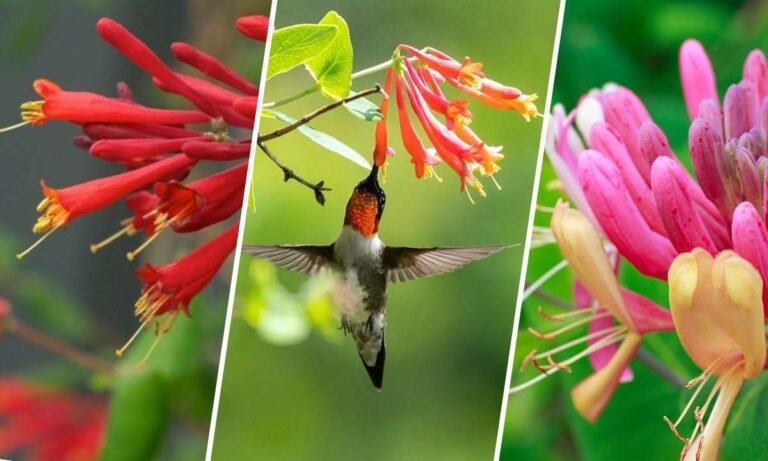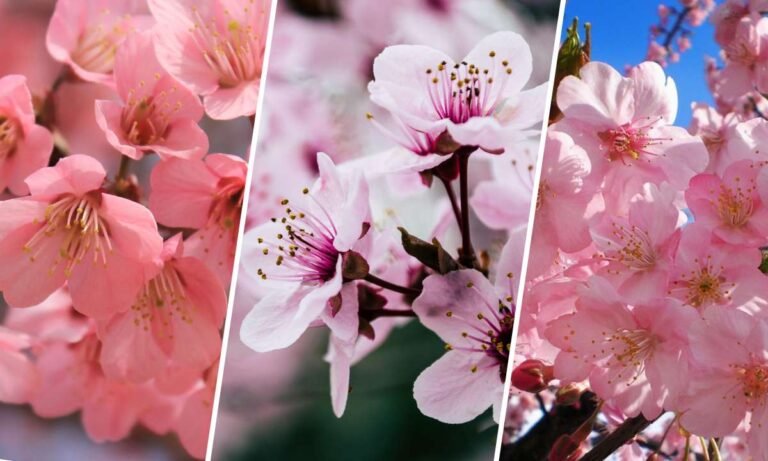The pansy flower, known for its vibrant colors and delicate petals, holds a special place in gardens and floral displays worldwide. With its expressive “face” and deep historical roots, the pansy carries various meanings and symbolism that intrigue flower lovers and cultural historians alike. This article explores the fascinating world of the pansy flower, offering insights that will engage and inform readers.
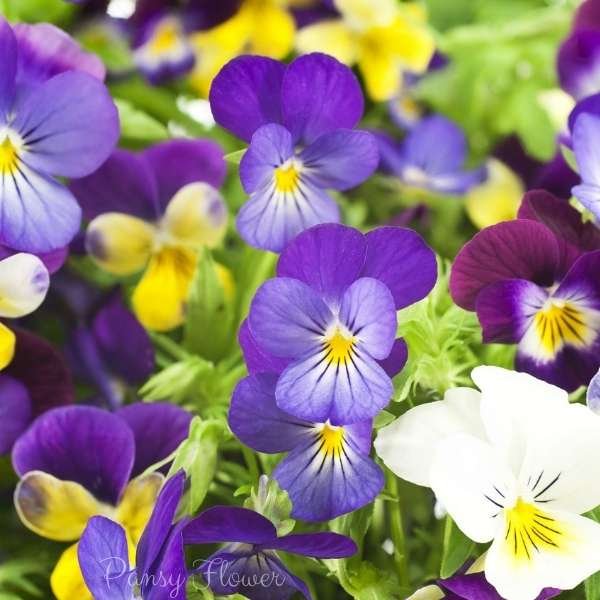
Origins and Etymology of the Pansy
The name “pansy” comes from the French word “pensée,” which means “thought.” This reflects its association with remembrance and contemplation. Botanically known as Viola tricolor, it’s named for its characteristic three-colored petals.
Symbolic Meanings of the Pansy Remembrance and Reflection: Pansies are widely recognized symbols of remembrance and thoughtful reflection. They’re often given to show someone they’re remembered or thought of, making them popular in sympathy arrangements and tokens of affection.
Love and Admiration: Pansies also symbolize love and admiration, conveying deep feelings of adoration and appreciation. In Victorian times, they were included in bouquets to express romantic sentiments.
Free-spiritedness: With their cheerful colors, pansies symbolize free-spiritedness and individuality. They’re linked with creativity and the joy of self-expression, appealing to artists and those embracing their uniqueness.
Historical Significance of the Pansy Ancient Times: In Greek mythology, pansies were associated with the god Pan, symbolizing love and enchantment. They were also used in potions to capture and maintain affection.
Renaissance and Victorian Eras: Pansies flourished in literature and art during the Renaissance, appearing in portraits and botanical illustrations. In Victorian times, they were part of the “language of flowers,” conveying messages of love and remembrance.
Modern Usage: Today, pansies remain cherished for their beauty and symbolism, popular in gardens, floral arrangements, and media representations. Their diverse colors make them versatile for various occasions.
Different Varieties and Their Meanings
- Swiss Giants: Bold and vibrant, symbolizing strength and boldness.
- Joker Series: Playful and bi-colored, representing joy and whimsy.
- Majestic Giants: Elegant and sophisticated, embodying grace in formal settings.
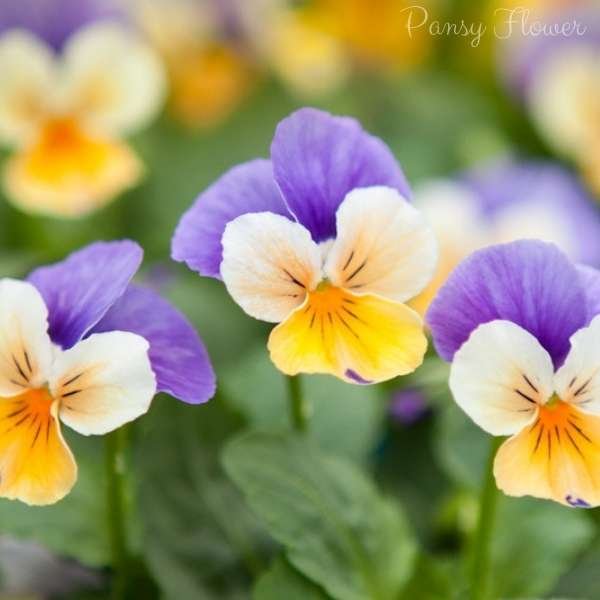
Pansy Flower in Art and Literature
Pansies have appeared in numerous artworks and literary works. In Shakespeare’s “A Midsummer Night’s Dream,” they symbolize the transformative power of love. Visual artists frequently depict pansies in still lifes and garden scenes, celebrating their beauty and symbolic depth.
Cultural Significance In Western cultures, pansies symbolize remembrance and are prominent in memorial settings. In Eastern cultures, they represent contemplation and spiritual growth, admired for their resilience and beauty.
Growing and Caring for Pansies Pansies are easy to grow, thriving in well-drained soil with partial sun. Regular watering and deadheading spent blooms ensure healthy growth. They’re generally hardy against pests, making them suitable for gardeners of all levels.
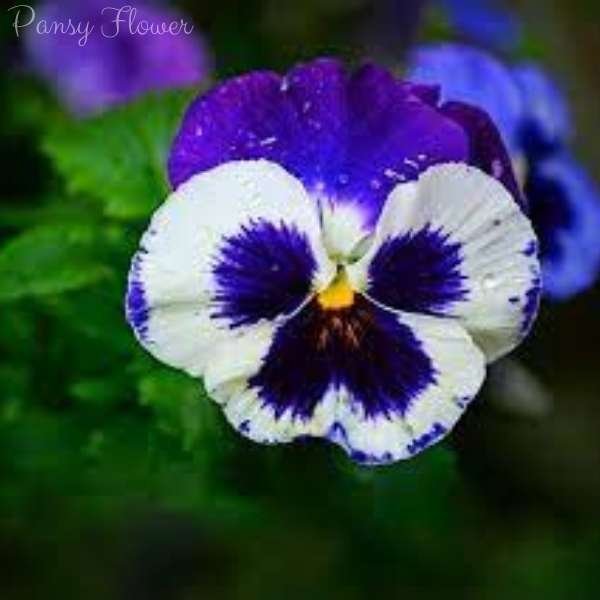
Conclusion
The pansy flower embodies remembrance, love, and individuality. Its rich history and enduring appeal make it a beloved choice in gardens and floral arrangements worldwide, appealing to anyone who appreciates nature’s beauty and symbolism.


